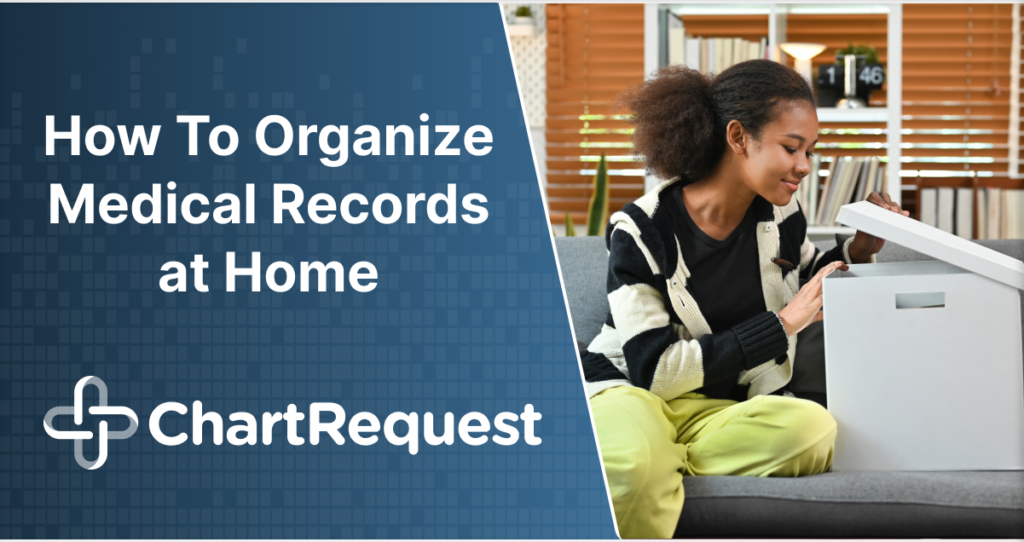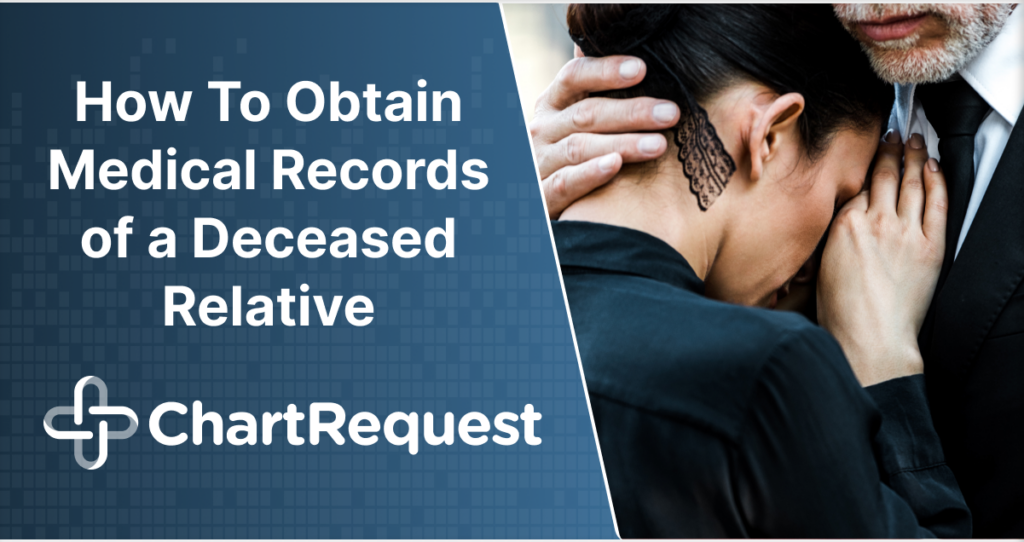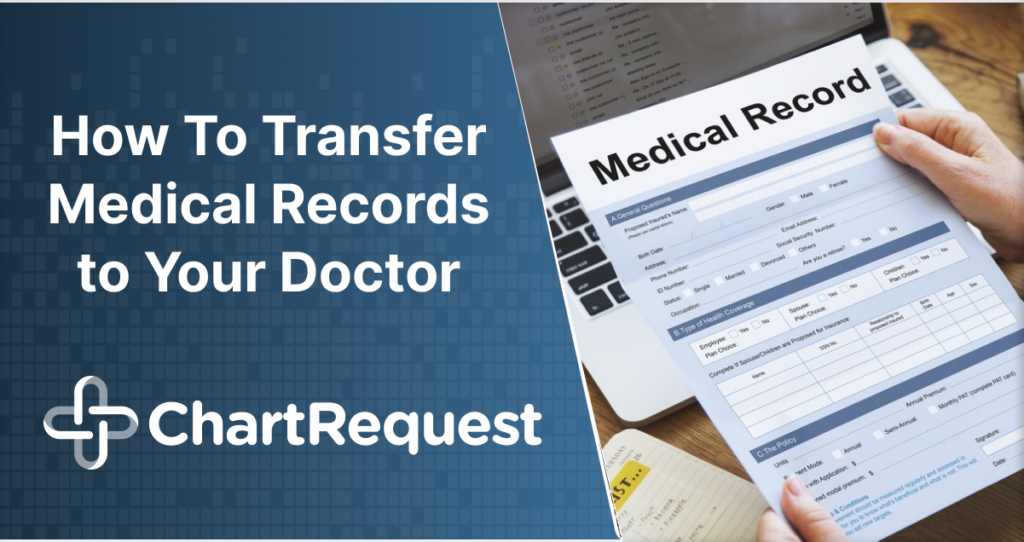Knowing how to organize medical records at home can save you a lot of stress in the future.
Imagine the pressure you might feel struggling to locate your health records during a medical emergency. Up to 20% of all patients experience ineffective or delayed diagnoses because of missing information during a crisis.
Knowing how to organize medical records at home can prevent such situations.
In this article, we will discuss why it is important to organize a personal health record (PHR) and plan the right way.
Compile your medical records easily with our Subscribe and Share plan!
Benefits of Organizing Your Medical Records at Home
Managing your medical records at home may sound tedious, but the benefits you will receive make it well worth the effort.
Here are some of the advantages of learning how to organize medical records at home:
- Quick Access to Life-Saving Information in Emergencies
Organizing your medical records can save time and reduce stress during emergencies. When every second counts, quickly sharing accurate health information with emergency responders can influence the type of care provided. Personalized first aid will help EMTs and physicians stabilize your health and prevent further complications.
- Improved Communication With Healthcare Providers
Well-organized records can promote productive conversations with your doctor. With a personal health record, you can share vital information during appointments — ensuring your healthcare provider has what they need to make informed decisions about your treatment.
- Better Health Management
A complete picture of your medications and treatments makes it easier to remember your health obligations from day to day. You can stay on top of prescribed treatment, monitor your progress, and spot trends in your health over time by regularly updating your records.
- Enhanced Care Coordination During Your First Appointment
Fragmented or missing information is a leading culprit of poor care coordination. When switching specialists or visiting a new doctor, having your information available can prevent miscommunication between physicians.
- Financial Benefits
Hundreds of patients pay for unnecessary duplicate medical testing because of missing information. Maintaining a clear medical history can prevent redundancies, saving you time and money.
- Peace of Mind
Knowing how to organize medical records at home ultimately provides peace of mind. Consolidating all your health information in a single location fosters a sense of control and readiness, alleviating anxiety related to health management.
How To Organize Your Medical Records at Home in 4 Simple Steps
Taking a proactive approach to your health starts with learning how to organize medical records at home. Fortunately, securing your medical information can be a smooth process with the right system.
Let’s explore four simple steps to build and maintain a comprehensive PHR:
Step 1: Requesting Your Medical Records
Maintaining medical records at home starts with a formal request to your healthcare providers for existing information. Contact each provider’s record exchange department to determine their standard protocol or use a tool like ChartRequest to facilitate your request without picking up a phone.
You will need to fill our a HIPAA-compliant authorization form in order to get your records. Be specific about what you need while filling out your request form. Ask for all relevant documents, including:
- Test results
- Prescriptions
- Visit summaries
- Specialist reports
Specify the date range for the records you need. These dates could range from one year to your entire health history.
You have legal rights regarding access to your medical records. Under the Health Insurance Portability and Accountability Act (HIPAA), healthcare providers must provide you with copies of your records upon request. They may charge a reasonable fee for copying and mailing but cannot deny you access.
Keep track of your requests and follow up if you don’t receive a response within a reasonable time. Most providers will fulfill requests within 30 days, but it’s good practice to stay proactive.
Step 2: Understanding Your Medical Records
Detailed knowledge of your medical records allows you to raise questions and concerns to your healthcare provider. Medical records typically contain several components:
- Medical History: This section includes past illnesses, surgeries, allergies, and family medical history.
- Lab Results: These documents contain the results of blood tests, urine tests, and other diagnostic examinations.
- Imaging Reports: These reports include X-rays, MRIs, and CT scans detailing the findings of imaging studies.
- Visit Summaries: These summaries record details of each doctor’s visit, including diagnoses, treatment plans, and follow-up recommendations.
- Prescriptions: Medication reports list current and past prescriptions, including dosages and instructions.
Deciphering medical jargon can be challenging. When you encounter unfamiliar terms, use reliable medical dictionaries or online resources to understand them. Feel free to ask your healthcare provider for clarification during appointments.
Step 3: Categorizing and Storing Your Medical Records at Home
Categorizing and storing your documents makes it easy to find them whenever needed. You can select one of the following methods or make additional copies and try all of them:
- Organize By Date: Arrange documents chronologically to track your medical history over time.
- Organize By Document Type: Separate records into categories such as test results, prescriptions, visit summaries, and imaging reports.
- Organize By Medical Condition: Group records related to specific conditions for quick reference.
Consider using binders and folders if you would prefer physical documents. Filing cabinets also provide a secure and accessible storage solution for large volumes of records, although they’re a pricier option.
If you’d prefer access on the go, digital storage offers convenience and can reduce your dependency on large storage spaces. Platforms designed for managing medical records — like ChartRequest — can keep your information organized and secure through encrypted databases.
Each storage method has its pros and cons. Consider your individual needs to create a system that works best for you.
Step 4: Protecting Your Medical Records
Storing your medical records at home does not mean these documents are safe from prying eyes. Take the proper steps to safeguard your health information year-round.
Knowing who can see your medical records is crucial. In most cases, only covered entities, such as healthcare providers, authorized insurance professionals, and legal entities, can view your protected health information.
You can manage these permissions by sharing information only when necessary. Try some of these best practices and tips for protecting your medical records:
Store physical records in a secure location — like a locked drawer or safe — to prevent unauthorized access. Avoid exposing your documents to moisture, heat, and direct sunlight to protect them from damage. Fireproof and waterproof storage materials provide added protection.
Use strong, unique passwords for all digital storage to prevent unauthorized access. Enable encryption to protect your data from unwanted access and regularly update passwords. It’s also a good idea to back up your digital records to prevent data loss.
Take Charge of Your Medical Records With ChartRequest
Knowing how to organize medical records at home doesn’t have to create headaches! Over the past 12 years, ChartRequest has led the health information exchange industry with over 1,000 positive reviews and an average rating of 4.9 stars.
Click here to create an account and begin building your personal health record today!








